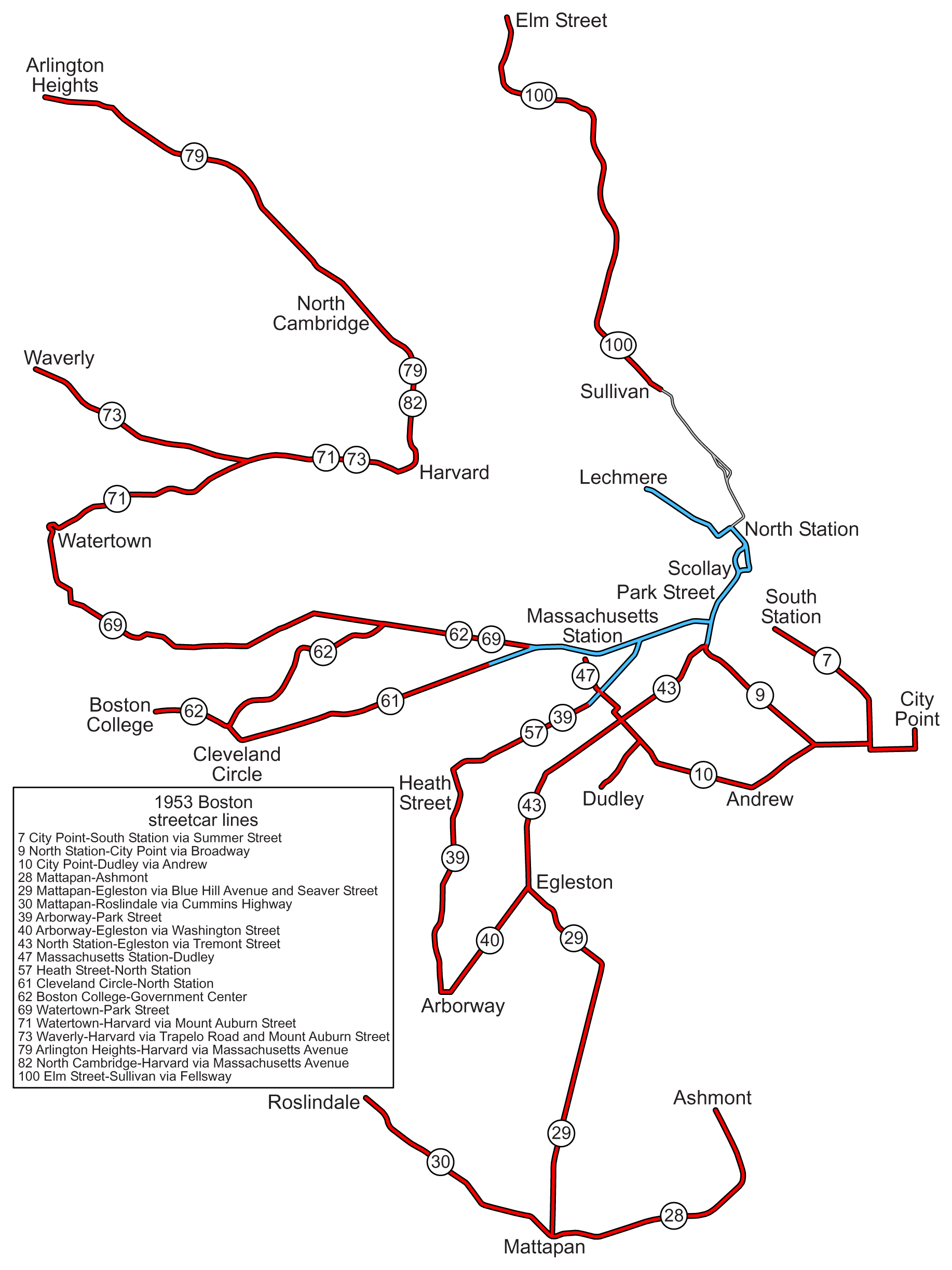I'm not sure if it would be possible as it is a very narrow work space, but Back St. that runs along what a temporarily narrower Storrow Dr. may be the most effective, path of least resistance for a BL from Charles/MGH to Kennmore.
Tackling the Muddy River will be a challenge for sure. Perhaps there is a way to temporarily drain it. I don't know if there is a diverging path it could take via drainage systems or not. If not completely drain it, maybe there is another way to tunnel under it at a restricted flow volume. I'm sure the Romans could have figured something like this out.
Tackling the Muddy River will be a challenge for sure. Perhaps there is a way to temporarily drain it. I don't know if there is a diverging path it could take via drainage systems or not. If not completely drain it, maybe there is another way to tunnel under it at a restricted flow volume. I'm sure the Romans could have figured something like this out.




